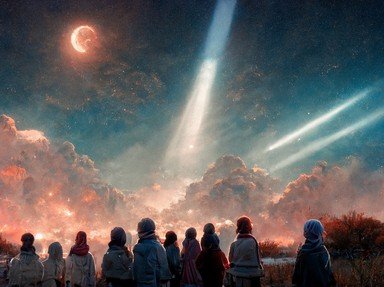Quiz Answer Key and Fun Facts
1. Arthur was born in December 1917 in Minehead, Somerset in the UK and lived in that area until 1936. What aspect of Minehead had the most influence on him, his writing and his life?
2. Arthur's parents went into what business after his father returned from the Great War?
3. Arthur spent much time as a youth building his own telescopes. He later told people that he 'knew ___ ____ better than I knew my way around Somerset'. Can you fill in the blank?
4. While at school Arthur helped out the family business as well as working part-time jobs, at times both day and night. Yet he still found time for what hobby?
5. The Kille family lived near Arthur's grandmother's house in Minehead, where Arthur would spend most holidays. Grandma Kille owned an unusual object which fascinated Arthur as a youngster. What was it?
6. Arthur received a scholarship from his village school enabling him to attend Huish Grammar School in nearby Taunton. During his years there Arthur did which of the following?
7. In 1983, Arthur wrote 'No book before or since ever had such an impact on my imagination'. At the age of 12, Arthur, on a visit to the Minehead Public Library discovered 'Last and First Men'. Who was the author of this influential book?
8. Owning a large collection of sci-fi magazines, many non-fiction books on space, building rockets at home and studying the moon it is no wonder that, at sixteen, Arthur C. Clarke joined which society?
9. Arthur was still a civil servant when, in 1941, he enlisted in one of the services. During his service he was influenced by working with 'real scientists'. With whom did Arthur enlist?
10. In February 1945 'Wireless World', a monthly U.K. publication, printed a letter from Arthur C. Clarke, creating the first public pronouncement of the possibility of what future communication reality?
Source: Author
casey317
This quiz was reviewed by FunTrivia editor
Snowman before going online.
Any errors found in FunTrivia content are routinely corrected through our feedback system.
